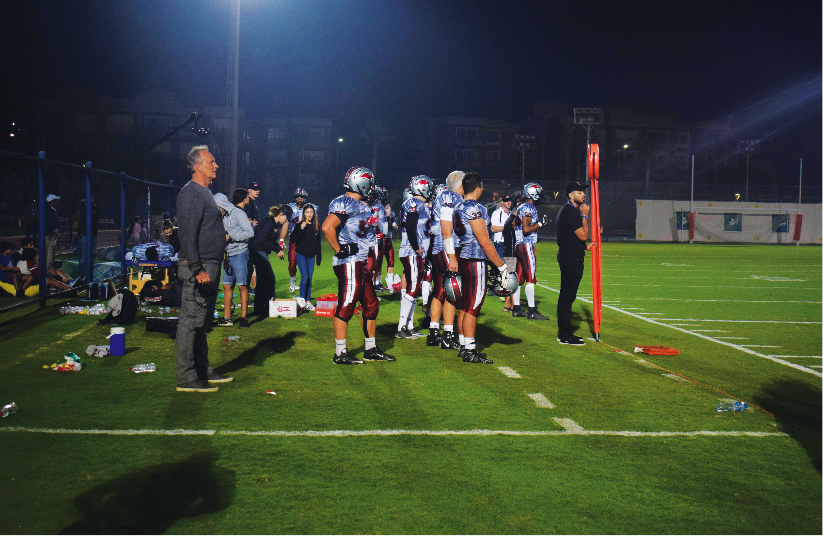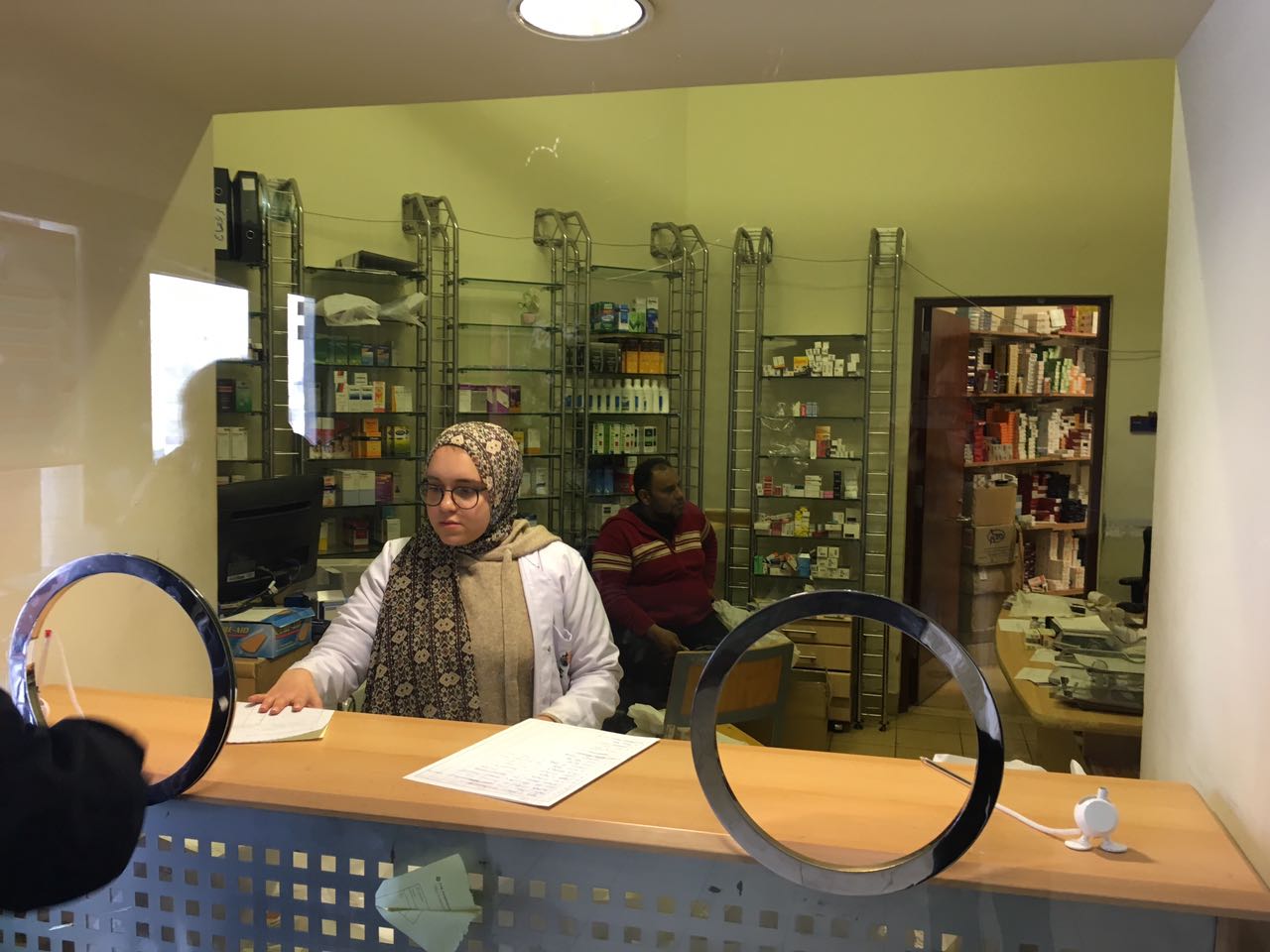JRMC Photo Gallery: Exhibit Captures the Horrors, Hopes of War
- By: Amira Gamil – Co-Deputy Editor-in-Chief
- Photographer: Omar Awad
The sounds of the camera’s shutter clicked in sync with the sniper’s rifle going off and, soon enough, documentary photographer Rene Clement found himself capturing things more horrific than one could ever imagine.
A native of the Netherlands, Clement’s love for traveling made him wander to all sorts of spots around the globe. What started as a mere exploration of his passion soon expanded to become a journey documenting critical moments in world history such as the Iraq War, the Haitian coup d’etat, and the Afghanistan War, to name a few.
The Photographic Gallery’s latest exhibition, Eyewitness, featuring Clement, now open to the public until December 12, is derived from this heart-wrenching journey through six conflict zones.
The exhibition showcases what it feels like to witness wars firsthand, and the series of challenges that follow during prolonged periods of conflict.
“People don’t want to see the real war. The same way people who went to war have a hard time talking to people who didn’t go to war about what they saw; it is a different dimension.”
– Clement
Having been in the field for over 30 years, Clement’s photographs on exhibit span across borders, capturing the trauma that these six conflict zones all share despite the distances which separate them. “You can’t write history without having witnesses,” was how Clement described the role of citizen journalists and photojournalists as he reflected on the intense images he saw while en route.
However, while he emphasized that he photographs everything he sees, he still draws a line when it comes to the extent of publishing what he shoots.
The exhibition’s poster, for example, features a pedestrian crossing sign, which stood just a few miles from a school, tarnished by bullet holes, during the Bosnian war. Though not graphic, it gives the audience room to ponder on the tragic reality behind such scenes.
But while the first image that comes to mind when we think of conflict zones is all the misery they encompass, the exhibition also focuses on showing the indomitable strength of humanity, paying attention to the small moments of human connection that occur in spite of the barbarity of conflict.
An example of that is one photograph of the Zapatista rebels in the Lacadonan jungle in Mexico, where we can see one with a guitar in her hand, next to a man with a sniper’s rifle in his.
“Going to war isn’t just misery, because when you are in an extreme situation, everything is extreme, like friendships and positive feelings,” Clement reflected.
Although some of those documentation projects lasted up to 10 years, to encapsulate the progression of these places during and after the guns fall silent, Clement says that the sad reality is that most often, these zones never fully recover from the conflict.
“We are trying to choose peaceful solutions, but the victims of these wars are the real people like us – normal civilians who want peace.”
– Clement
Dina El Deeb, Curator of The Photographic Gallery, noted the importance of such exhibitions in times when the power of photojournalism to foster actual social change now lies on shaky grounds.
“Why would journalists risk their lives and go into zones of conflict if whatever the world sees has no impact on politics?” she wondered.
El Deeb also reflected on the vision the gallery had, where the main focus was to portray the “horrific realities” of wars. It aims to dig deeper into these armed conflicts, where there is often a darker side barely recognized in traditional media.
“Showing works from six different conflict zones is also meant to highlight the state of perpetual war and chaos that characterize this day and age,” she added.
Some of the exhibited photographs were taken with an analog camera, where their black and white nature removes the “noise of colors” and helps show their raw reality, El Deeb added.




